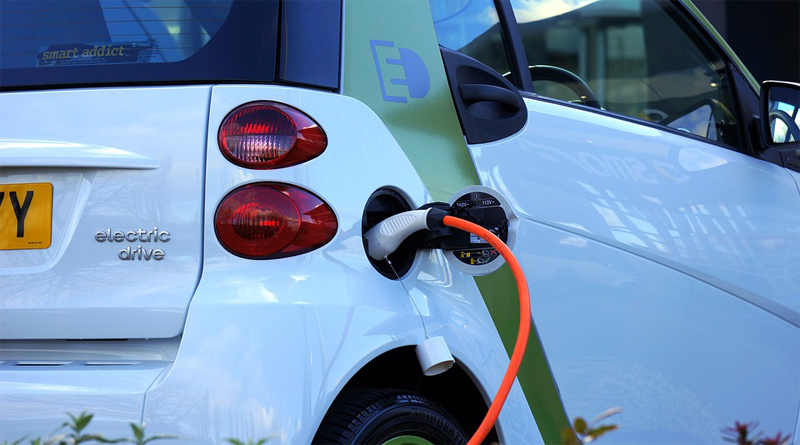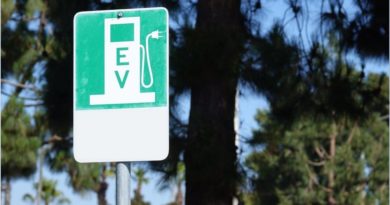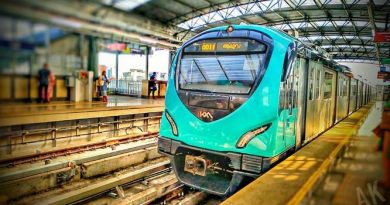Support Electric Mobility, but don’t ignore the bigger challenge

2018, if not memorable for the actual change on the ground, will definitely be a marker for the push and clarity that is gradually emerging on the government’s push for electric vehicles. As always, there have been gaps, even discrepancies between announcements and actual policy intent, but there is no doubt that most of the decisions are a fait accompli. Be it global shifts, our own air pollution crisis, or the everyday reminder of the cost of fossil fuels, electric vehicles will hopefully be able to make a strong case for themselves soon. Perhaps as early as 2020, the magic date for so many promises, be it renewable power, battery charging points, batteries themselves and more.
However, in all this, the government is missing the elephant in the room. The auto industry itself, and the fact that it’s growth is feeding off a miserable public transport infrastructure across almost every Indian city with a population over 3 million. This has made us the world’s fourth largest auto market now, an achievement that has to be seen in the amazing context of the country’s still low per capita incomes and state of supporting infrastructure.
Whether by design or by accident, our public transport is a shame today, especially when seen in the context of a collection of traffic jams that most key city routes turn into, during rush hours.
All the numbers available in the public domain, be it miles are driven, the choice of vehicles, or the acceptance of weak standards on safety and more, demonstrates a clear fact. Unlike say Americans, Indians are not lovers of autos, keen to do long drives and every commute on their beloved four-wheeler. Our citizens have been reluctant acquirers of autos, doing it more as a matter of compulsion with no other options in hand, personal safety from crime and pollution (and other vehicles)
The expansion of the metro network in key cities is a big positive, but even that has served to demonstrate the huge vacuum that exists, for quality and reliable public transport.
As virtually every available public space greater than 8 square metres is surrendered to a motorcar or an electric car in the future sometime, its time we took a long term call on the desirability and sensibility of ignoring our public transport anymore. Horrific ad-hoc measures, like the pesky electric buggies infesting and spreading into every corner of the cities currently are not the best way out, thanks to lax regulation and zero control over safety standards. While they are fulfilling a key need currently, these contraptions are clearly being seen as nothing more than a quick fix for last mile connectivity and creating jobs by the powers that be.
A solid bus based system is the need of the hour for local transport, with a huge improvement in quantity and quality. Buses are a proven and effective mode for public transportation, requiring minimal changes to infrastructure requirements and retaining great flexibility. Instead of lavishing misguided subsidies on Electric vehicles which won’t need them in a couple of years, it will be better to spend to make this bus-based network effective.
(Visited 128 times, 1 visits today)




